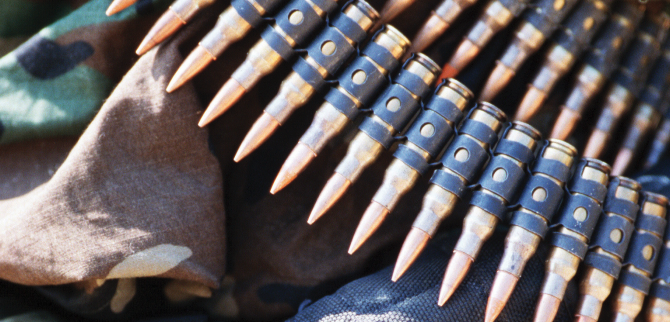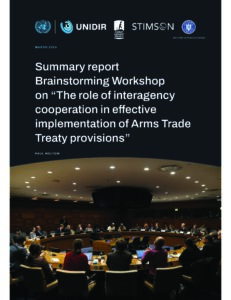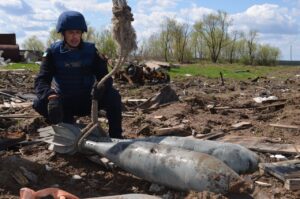Introduction
Although many countries have export control processes that encompass human rights considerations, interviews conducted for this paper with licensing officers from a variety of ATT States Parties indicate that GBV risks are rarely given regular, separate, and detailed consideration. This may be the case even when an ATT State Party has demonstrated significant political will to implement Article 7(4) – which requires States Parties to consider the risk of GBV when making arms export decisions – and licensing officers themselves are committed to incorporating GBV risk into their analyses. Without detailed and separate analysis of GBV risks, elements of concern that may not be captured in a more general human rights analysis can remain consistently overlooked or minimized.
While every government structures its export control process differently, the gap in implementation is common and arises as a result of at least four factors that can appear together or in isolation.
First, licensing officers or information sources may have misperceptions about GBV and how it is perpetrated, such as the view that GBV is synonymous with domestic violence and exclusively relates to women or that only exports of small arms create GBV risks. In fact, all types of conventional arms covered by the ATT could be used to commit or facilitate GBV and any individual can be subjected to violence based on their gender or sex, inside or outside the context of domestic violence. Similarly, GBV can take place within or outside armed conflict, and risks should be assessed whether or not a conflict is taking place in the recipient State.
Second, licensing officers, even if they are well-informed and diligent, may struggle to access information that enables them to undertake a thorough GBV risk assessment in a timely manner. This challenge is compounded when institutional resources have not been internally directed toward analyzing GBV risks specifically, as it becomes hard for licensing officers to justify spending extra time conducting their own research.
Third, licensing officers or information sources may consider that a standard, general human rights or country-conditions analysis will implicitly cover GBV and not see value in analyzing GBV risks separately.
Fourth, licensing officers may not have a clear sense of the types of information to seek from information sources on GBV, who in turn may struggle to understand how they can best contribute to a GBV risk assessment.
This paper responds to all of these connected challenges: the questionnaire is designed to elicit answers that provide licensing officers with relevant information relating to specific export applications, and aims to create a regular practice inside government machinery of asking and answering questions about the GBV risks an export may pose. Normalizing this practice as part of everyday export control processes would not only build up individual officials’ knowledge of arms and GBV risks, but also create lasting institutional memory. While there may be many exports that would not entail GBV risks, establishing such a regular practice would ensure that GBV risks receive the attention they merit in each and every case.
More generally, giving specific attention to GBV risks within export control processes will enable States Parties to better fulfill the ATT’s commitment to reducing human suffering and protect human rights – goals that all States Parties share.1Arms Trade Treaty, preamble GBV has been recognized as a human rights violation.2UN Committee on the Elimination of Discrimination Against Women (CEDAW), “General Recommendation No. 19: Violence against Women,” 1992, para. 1, 7; Convention on the Elimination of All Forms of Discrimination Against Women, G.A. Res. 34/180, 18 Dec. 1979; Control Arms and International Human Rights Clinic at Harvard Law School, “Interpreting the Arms Trade Treaty,” Apr. 2019, pp. 3-4, https://hrp.law.harvard.edu/wp-content/uploads/2019/04/Interpreting-the-Arms-Trade-Treaty.pdf. It is a form of unlawful discrimination3CEDAW General Recommendation No. 19, para. 1, 7; G.A. Res. 34/180. and inhibits “all human rights and fundamental freedoms” of the individuals who experience it.4Commission on the Status of Women, 57th Session, March 2013, “Agreed conclusions on elimination and prevention of all forms of violence against women and girls,” E/CN.6/2013/11, 18 March 2013, para. 10.
This report was produced in partnership with the International Human Rights Clinic at Harvard Law School and produced with the generous support of the Department of Foreign Affairs of Ireland.
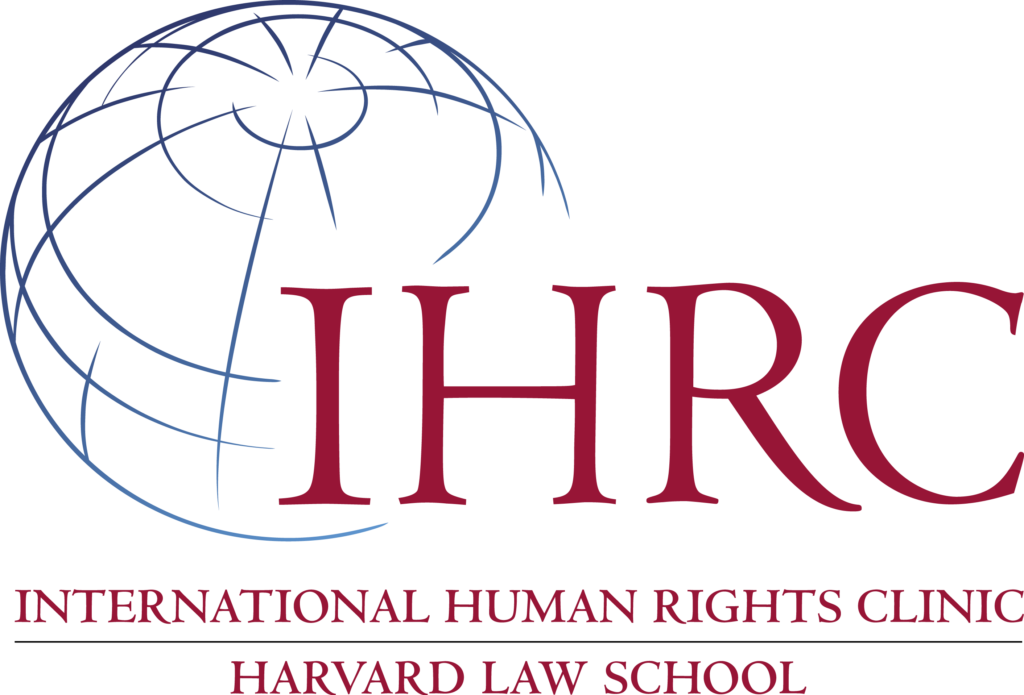
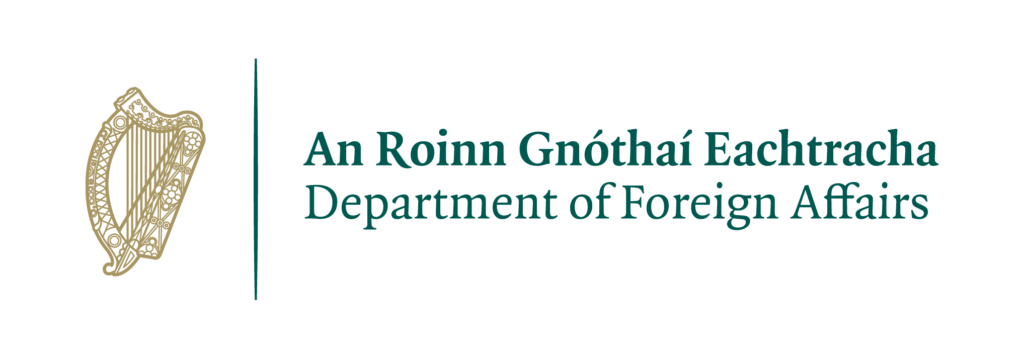
Notes
- 1Arms Trade Treaty, preamble
- 2UN Committee on the Elimination of Discrimination Against Women (CEDAW), “General Recommendation No. 19: Violence against Women,” 1992, para. 1, 7; Convention on the Elimination of All Forms of Discrimination Against Women, G.A. Res. 34/180, 18 Dec. 1979; Control Arms and International Human Rights Clinic at Harvard Law School, “Interpreting the Arms Trade Treaty,” Apr. 2019, pp. 3-4, https://hrp.law.harvard.edu/wp-content/uploads/2019/04/Interpreting-the-Arms-Trade-Treaty.pdf.
- 3CEDAW General Recommendation No. 19, para. 1, 7; G.A. Res. 34/180.
- 4Commission on the Status of Women, 57th Session, March 2013, “Agreed conclusions on elimination and prevention of all forms of violence against women and girls,” E/CN.6/2013/11, 18 March 2013, para. 10.

